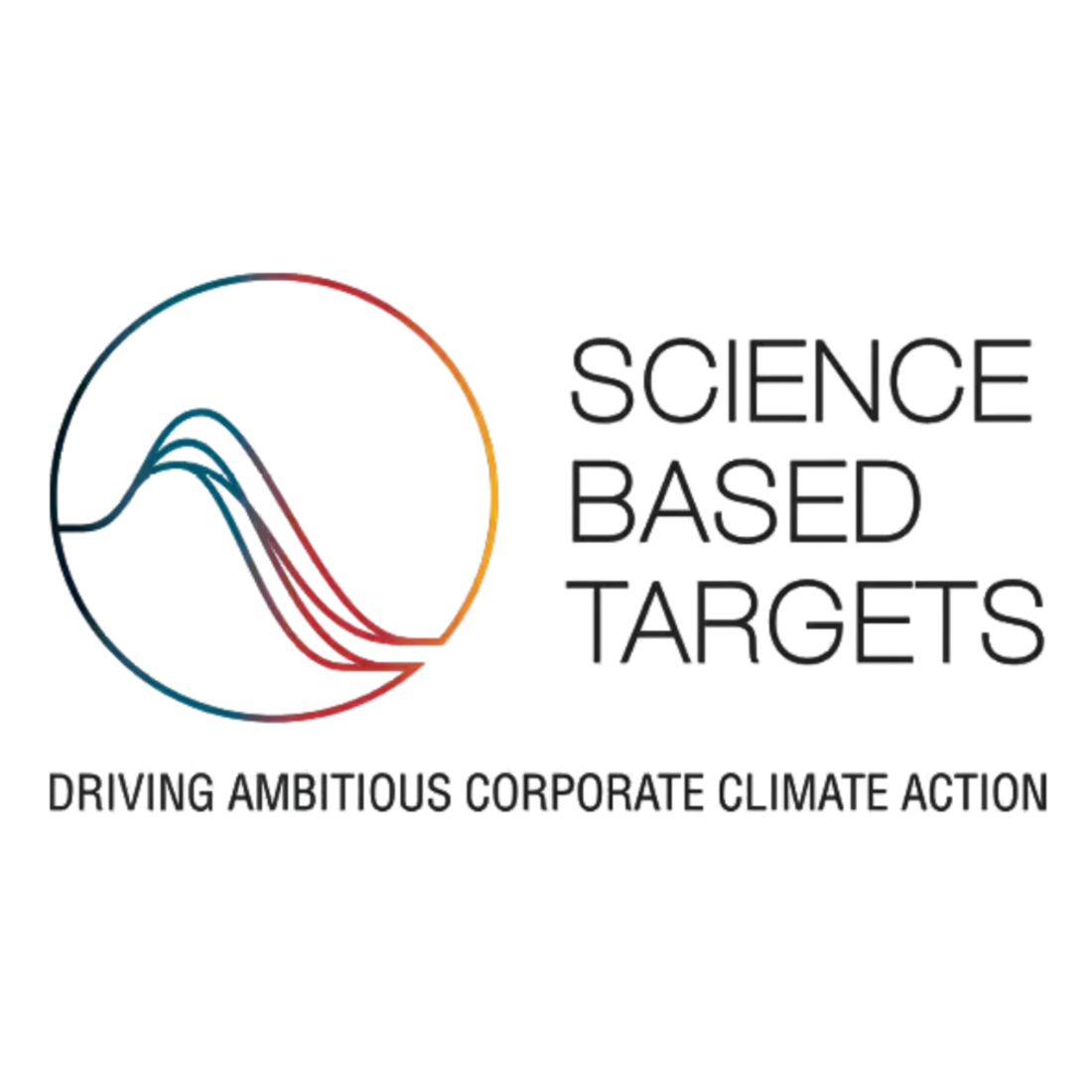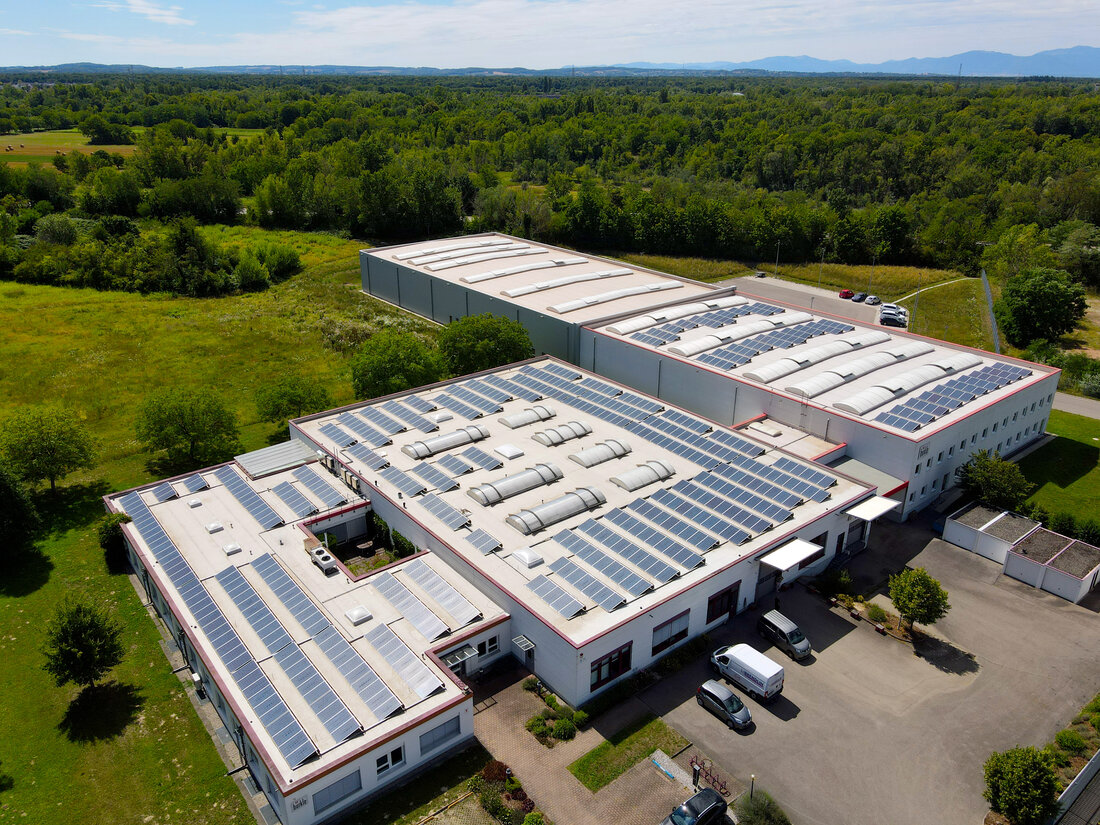Taking responsibility. Protect the climate. Securing the future.

Bürkle takes responsibility
Climate change is one of the greatest challenges of our time. Companies around the world have a responsibility to contribute to limiting global warming.
Bürkle is taking responsibility and reducing its emissions along the entire value chain – with an ambitious, science-based climate management strategy aligned with the 1.5 °C target of the Paris Agreement.
That’s why we take action.
The latest climate research by the Intergovernmental Panel on Climate Change (IPCC), described by the United Nations as a “code red for humanity,” warns that global warming is dangerously approaching the 1.5 °C threshold – with dramatic consequences for people and the environment. To counter this, global emissions must be halved by 2030 and reduced to net zero by 2050 at the latest.
At Bürkle, one thing is clear: only swift and far-reaching action can stop the global climate crisis.

Our Climate Management – Targeted and Transparent
Bürkle reduces its emissions along the entire value chain – in a measurable, credible way and in line with the latest scientific findings.
Our climate strategy is based on the criteria of the Science Based Targets initiative (SBTi) and includes:
-
A binding commitment to the 1.5 °C target
-
The identification and analysis of all CO₂ sources (Scope 1–3)
-
The definition of ambitious reduction targets
-
External validation of our targets by the SBTi
-
Regular monitoring and transparent reporting
Our Climate Goals at a Glance
Bürkle has committed to the following goals:
-
42% reduction in absolute Scope 1 and Scope 2 emissions by 2030 (based on the baseline year 2023)
-
Measurement and reduction of Scope 3 emissions along the supply chain
-
Long-term alignment with net-zero emissions by 2050 at the latest
Our targets have been officially validated by the SBTi.

What is the SBTi? – Climate Action with a System
The Science Based Targets initiative (SBTi) is a global partnership between CDP, the UN Global Compact, the World Resources Institute (WRI), and WWF.
It supports companies in setting science-based climate targets that are in line with the Paris Agreement. The SBTi provides an internationally recognized methodology for calculating, submitting, and validating such targets.
How does target validation work?
The validation process at the SBTi includes:
-
Commitment to the 1.5 °C target
-
Development of science-based targets (Scope 1–3)
-
Submission and review according to strict criteria
-
Publication and communication of the validated targets
-
Regular disclosure of progress
Through this framework, the SBTi ensures that ambitious targets are also implemented in practice – in a transparent and verifiable manner.

SBTi Criteria – Clear Requirements for Credible Climate Targets
To achieve successful validation, the following key requirements must be met:
-
Coverage of at least 95% of Scope 1 and Scope 2 emissions
-
Inclusion of relevant Scope 3 emissions if they account for more than 40% of total emissions
-
Target timeframe of no more than 15 years
-
Submission of scientific evidence demonstrating target alignment
-
Public disclosure and regular progress reporting
For our customers
-
Partnership with a company that is demonstrably committed to the 1.5 °C target
-
Transparent emission reduction pathways across the entire supply chain
For our suppliers
-
Reliable collaboration based on defined environmental requirements
-
Joint steps toward decarbonizing the value chain
For our partners and service providers
-
Reputation gains through cooperation with a climate-conscious company
-
Clear, reliable climate strategies as a foundation for long-term business relationships
Detailed information about the Science Based Targets initiative (SBTi) and our goals can be found on the official SBTi website:


 Deutsch
Deutsch
 français
français
 español
español
 русский
русский
 italiano
italiano
 日本語
日本語
 Ελληνικά
Ελληνικά
 polski
polski
 português
português
 português (Brasil)
português (Brasil)
 Türkçe
Türkçe
 中文
中文



























































